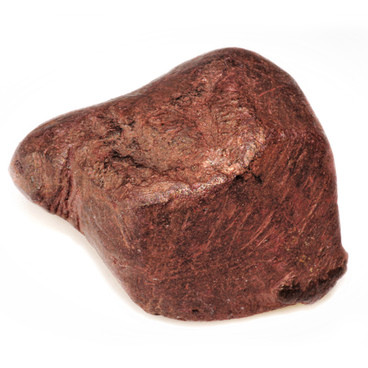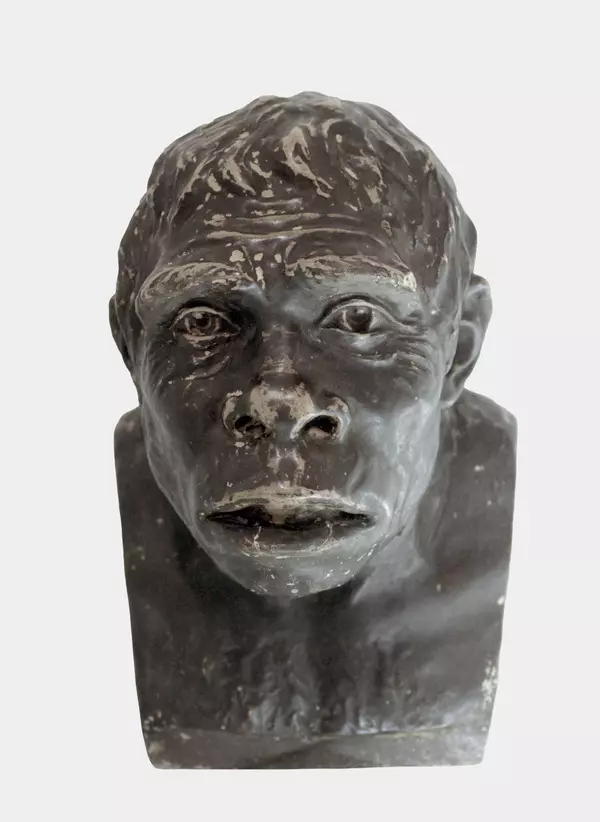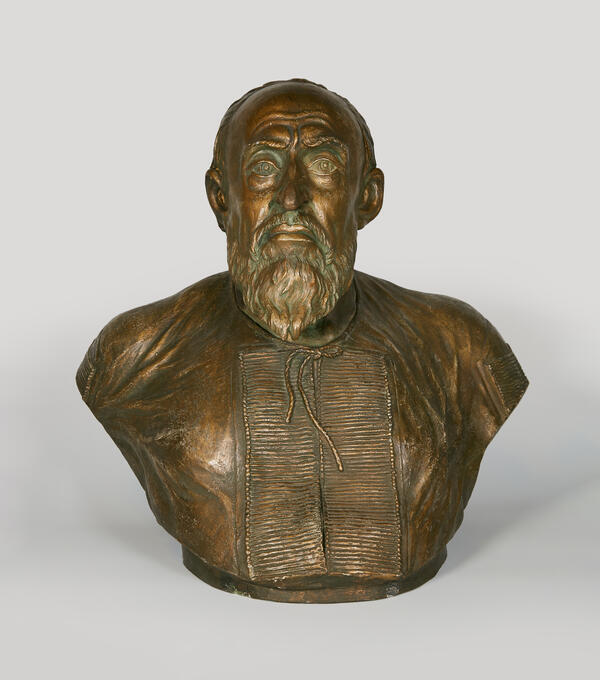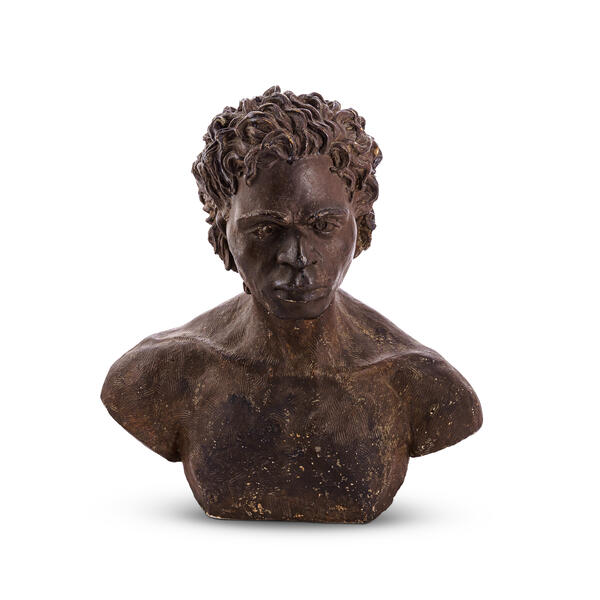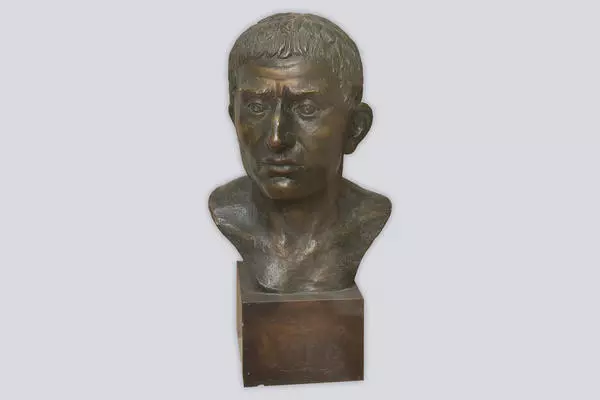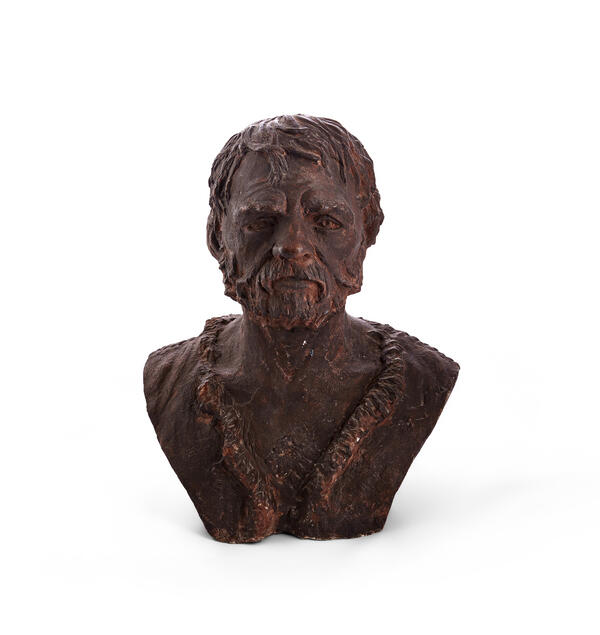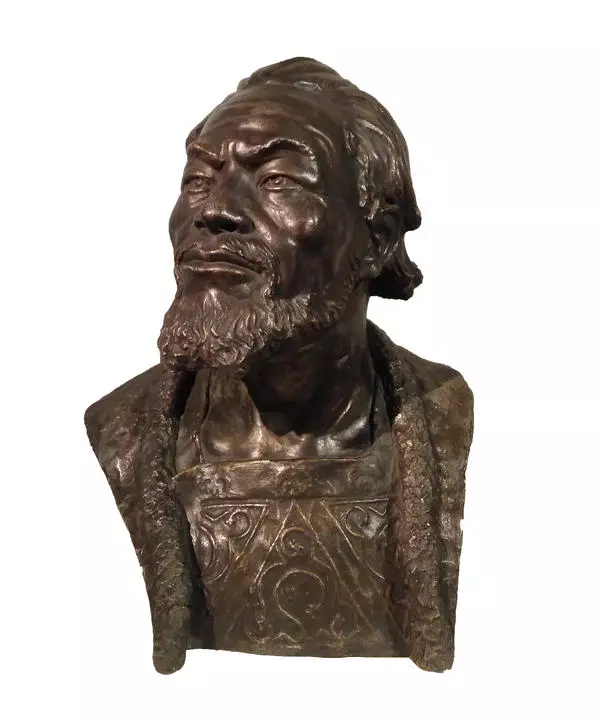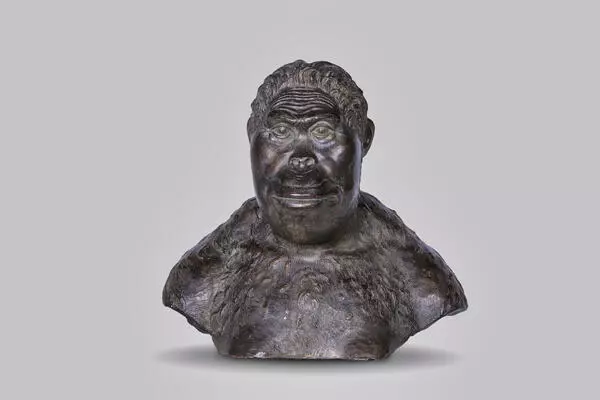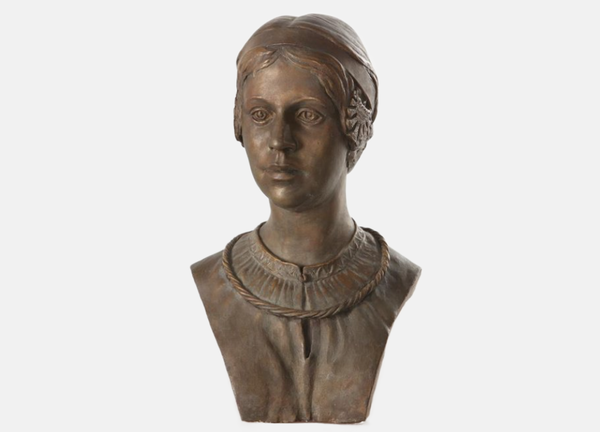Archaeologist Mikhail Gerasimov created a technique that allowed to recreate the appearance of a person from the skull. In the drawing, kept in the collection of the Regional Museum of Local History, the researcher reconstructed the face of a man — a representative of the Kitoi culture. Archaeologists found his remains in the Locomotive burial ground on the territory of Irkutsk.
The Kitoi culture existed on the territory of the Baikal region about 5800-7000 years ago during the Early Neolithic (New Stone Age). At this time, the material and spiritual culture of the ancient population of the region was developing: ceramic dishes came into use, people began to apply new technologies for stone and bone working, and also mastered new ways of foraging for food.
These phenomena are known to scientists from the materials of the Kitoi burials. One of these sources was the Glazkovsky necropolis, which was a complex of archaeological monuments of different times. The largest of them were the Cyclodrom (Lokomotive) and Glazkovsky burial grounds. Here, archaeologists have found burials of the Early Neolithic era: the Kitoi (5800-7500 years ago) and the Bronze Age (3.3–4.5 thousand years ago).
The main part of the necropolis was located under the park of the Paris Commune in the Sverdlovsk district of the city. The first ancient graves were discovered in 1887, when an orphanage was being built here. They were examined by an employee of the local history museum Nikolai Vitkovsky. Later, the burials were studied by the famous Irkutsk archaeologists Mikhail Ovchinnikov and Bernhard Petri.
In 1928, during excavations on the territory of what is now the Lokomotiv stadium, builders discovered an ancient burial ground, the soil of which was painted red. Archaeologist and anthropologist Mikhail Gerasimov conducted the first excavations and reconstructed the appearance of ancient people from their skulls. In total, more than 80 graves were discovered and three types of burialss were identified: single, paired and collective — up to eight skeletons in one grave. Most of them belonged to the Kitoi culture. Scientists also established that more than 300 graves at the same site were destroyed in 1891-1916, when the Trans-Siberian Railway and related infrastructure facilities were built.
The Kitoi culture existed on the territory of the Baikal region about 5800-7000 years ago during the Early Neolithic (New Stone Age). At this time, the material and spiritual culture of the ancient population of the region was developing: ceramic dishes came into use, people began to apply new technologies for stone and bone working, and also mastered new ways of foraging for food.
These phenomena are known to scientists from the materials of the Kitoi burials. One of these sources was the Glazkovsky necropolis, which was a complex of archaeological monuments of different times. The largest of them were the Cyclodrom (Lokomotive) and Glazkovsky burial grounds. Here, archaeologists have found burials of the Early Neolithic era: the Kitoi (5800-7500 years ago) and the Bronze Age (3.3–4.5 thousand years ago).
The main part of the necropolis was located under the park of the Paris Commune in the Sverdlovsk district of the city. The first ancient graves were discovered in 1887, when an orphanage was being built here. They were examined by an employee of the local history museum Nikolai Vitkovsky. Later, the burials were studied by the famous Irkutsk archaeologists Mikhail Ovchinnikov and Bernhard Petri.
In 1928, during excavations on the territory of what is now the Lokomotiv stadium, builders discovered an ancient burial ground, the soil of which was painted red. Archaeologist and anthropologist Mikhail Gerasimov conducted the first excavations and reconstructed the appearance of ancient people from their skulls. In total, more than 80 graves were discovered and three types of burialss were identified: single, paired and collective — up to eight skeletons in one grave. Most of them belonged to the Kitoi culture. Scientists also established that more than 300 graves at the same site were destroyed in 1891-1916, when the Trans-Siberian Railway and related infrastructure facilities were built.


